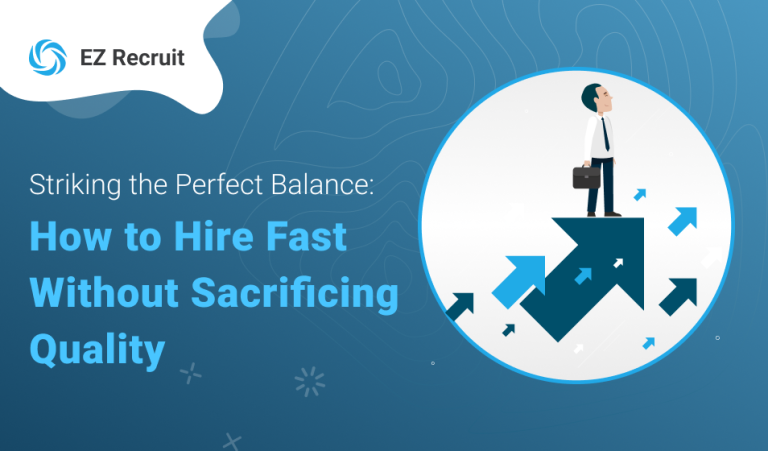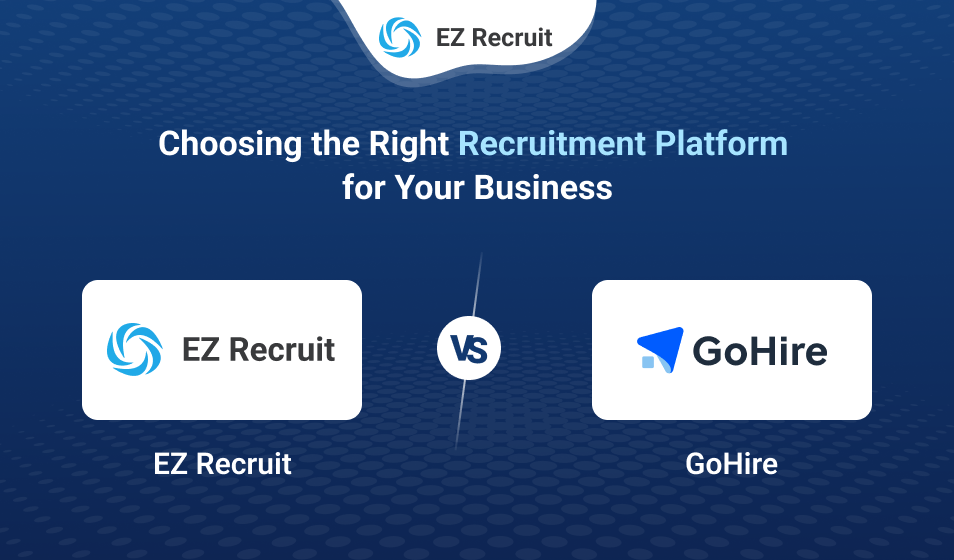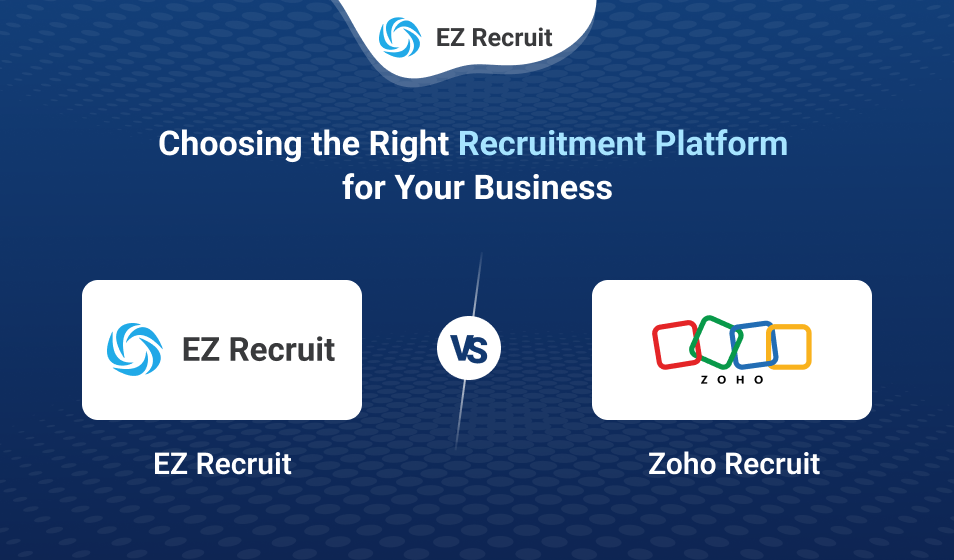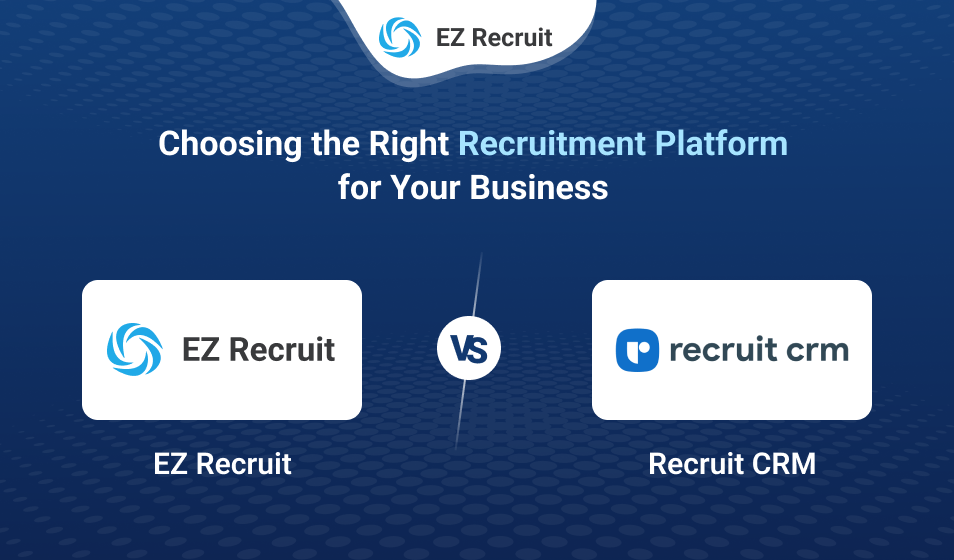Let’s get real, acing the hiring process is like balancing on a high wire. You must have people yesterday, yet hasty decisions result in poor fits that plague your team for months. Conversely, taking forever to conduct interviews results in losing top talent to other companies that act quickly. How then do you walk the line between speed and quality when hiring without losing it? Here’s the thing: it’s not a matter of picking fast or good. It’s about creating a process that provides both. Whether you’re a scrappy startup or an expanding small business, these tactics will get you filled quickly and bring in candidates who last.
Why Getting This Balance Wrong Costs You (Big Time)
Picture it- Your staff is buried under work, so you go out and grab someone in a hurry. Three months have passed, and they’re struggling, morale’s in the tank, and you’re right back where you began, except now you’ve lost time and money. Or you’re the reverse. You’ve interviewed 15 applicants for a single job, but your “ideal” candidate just received another offer because you waited too long. Oops.
The risks of leaning too far either way are real:
- Speed demons end up with mismatched skills, cultural misfits, and revolving-door turnover.
- Perfectionists lose A-players to faster competitors and burn out their existing team.
The sweet spot? Moving quickly where it matters, like automating resume screening, while slowing down for what matters, like assessing cultural fit.
1. Get Crystal Clear on What You Need
Ever posted a job description that’s a wishlist? (“Must have 10 years of experience in a 5-year-old industry.”) Vague requirements waste everyone’s time.
Fix it fast:
- Cut the fluff. List minimum required skills (e.g., “Can build a sales pipeline from scratch”) vs. nice-to-haves (“Experience with our CRM is a plus”).
- Set non-negotiables up front. Examples: “Thrives in crazy environments” is essential for startups. “Prefers organized workflows” could be a red flag.
Pro tip: Get hiring managers and team leads to sign off on these prior to posting. It avoids interminable debate later.
2. Let Tech Do the Grunt Work (So You Don’t Have To)
Sifting through 200 resumes? No thanks. Use tools to handle the boring parts:
- ATS systems automatically rank candidates based on your criteria.
- Skill assessments weed out unqualified applicants fast.
- AI screening can flag mismatches early, but don’t let it make final calls. (Bias alert!)
Example: A retail chain used chatbot interviews to pre-screen seasonal hires. They cut hiring time by 40% and improved quality by focusing on candidates who aced the basics.
3. Stop Winging Interviews (Seriously)
Unstructured interviews are where good intentions go to die. Without a plan, you’ll:
- Ask random questions (“If you were a tree, what kind would you be?”).
- Unconsciously favor candidates who “click” with you personally.
- Forget to assess actual job skills.
Do this instead:
- Use the same 5-6 questions for every candidate, scored on a rubric. (Example: “Tell me about a time you handled an angry customer” rated 1-5.)
- Include a skills test, like a mock sales call or coding challenge.
- Train interviewers to avoid bias.
4. Fix Your Team’s Communication Black Hole
Nothing kills speed like radio silence. Ever waited days for feedback while your top candidate slips away?
Break the cycle:
- Set a Slack channel or weekly sync for hiring updates.
- Give interviewers deadlines (“Feedback due by EOD Thursday”).
- Use shared docs to track candidate progress in real time.
Fun fact: Companies that communicate hiring decisions within 48 hours have 30% higher offer acceptance rates.
5. Treat Candidates Like Humans (Not Resumes)
Here’s a secret: Candidates judge your company by how you treat them during hiring. Ghosting or slow responses? They’ll assume working for you is worse.
Simple fixes:
- Send a “We got your application” email (automate this, it takes 2 minutes).
- Prep candidates for interviews. (“We’ll focus on your problem-solving skills, so brainstorm examples.”)
- Reject fast. A templated “No” is better than silence.
6. Build a Bench Before You Need It
The best time to network with talent? Before you’re desperate.
Ways to stay ahead:
- Keep a “maybe” list of past applicants.
- Engage potential hires on LinkedIn (comment on their posts, share relevant content).
- Host casual meetups (virtual or IRL) to grow your talent community.
The Conclusion
Balancing speed and quality in talent acquisition isn’t magic. It’s about working smarter:
- Clarity beats speed. Know exactly what you need before looking.
- Tech handles volume. Let tools screen resumes; save human time for interviews.
- The structure prevents chaos. Standardized interviews mean fairer and faster decisions.
- Data kills guesswork. Track metrics to fix what’s broken.





